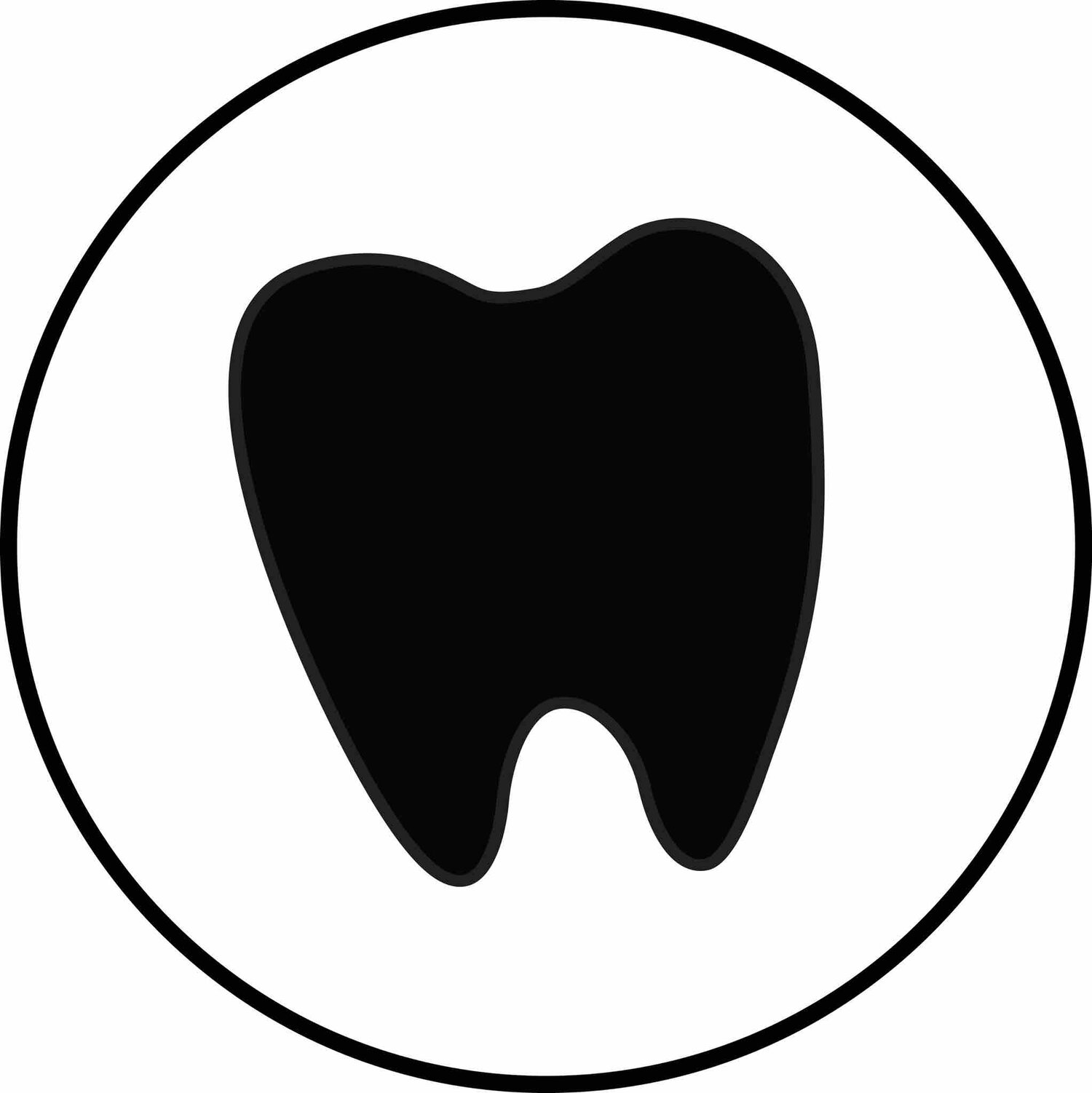How do you know you are at the base of the pocket?
Identifying when you are at the base of the junctional epithelium during periodontal therapy is critical to ensure that you are effectively removing calculus without damaging the periodontal tissues. Here are 4 key indicators based on my clinical experience and studies:
1. Tactile Sensation
Texture Change: As you reach the base of the pocket, you will notice a change from a rough to a smoother root surface, indicating the absence of calculus and the proximity to the junctional epithelium (Armitage, 1996).
Increased Resistance: The tactile sensation of the instrument changes, often with a slight increase in resistance, as you approach the base of the pocket (Cobb, 2002).
2. Probing Depth and Anatomy
Use the Probe as a Guide: Knowledge of the patient’s probing depths and anatomy can help you estimate when you are near the base of the pocket. The junctional epithelium typically lies at the apical extent of the probing depth (Lindhe et al., 2015).
Limit of Attachment: The junctional epithelium is attached to the root surface via hemidesmosomes and is sensitive to mechanical trauma. Over-instrumentation can lead to bleeding, which might indicate you have gone beyond the base of the junctional epithelium (Haffajee & Socransky, 1994).
3. Clinical Signs
Bleeding on Instrumentation: Light bleeding may occur as you approach the base, but excessive bleeding could indicate that you have disrupted the junctional epithelium (Newman et al., 2018).
Patient Discomfort: Increased sensitivity or discomfort may occur if you are applying too much pressure or reaching the attachment level.
4. Instrumentation Technique
Correct Angulation of Hand Instruments: Proper angulation of the curette or scaler is important. Keeping a hand instruments instrument’s blade against the root surface at a correct angle can help prevent inadvertent damage to the junctional epithelium (Pihlstrom et al., 1983).
See it in action in our video here: VIDEO
-Shelley Brown, MEd, BSDH, RDH, FADHA
References:
Armitage, G. C. (1996). Periodontal diseases: diagnosis. Annals of Periodontology, 1(1), 37-215.
Cobb, C. M. (2002). Clinical significance of non-surgical periodontal therapy: an evidence-based perspective of scaling and root planing. Journal of Clinical Periodontology, 29(S2), 6-16.
Haffajee, A. D., & Socransky, S. S. (1994). Microbial etiological agents of destructive periodontal diseases. Periodontology 2000, 5(1), 78-111.
Lindhe, J., Lang, N. P., & Karring, T. (2015). Clinical periodontology and implant dentistry. John Wiley & Sons.
Newman, M. G., Takei, H., Klokkevold, P. R., & Carranza, F. A. (2018). Carranza's clinical periodontology. Elsevier Health Sciences.
Pihlstrom, B. L., Michalowicz, B. S., & Johnson, N. W. (1983). Periodontal diseases. The Lancet, 366(9499), 1809-1820.


